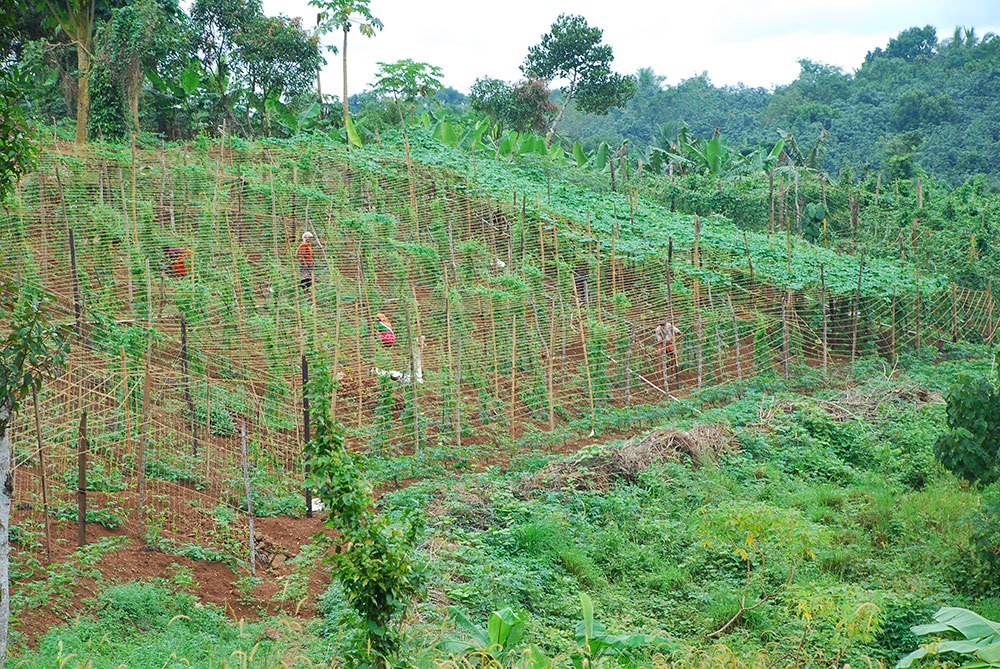By: Hemant Kumar ( Agriculture Correspondent-ICN Group)
KANPUR: India’s horticulture production in 2016-17 has jumped to a record of 300 million tonnes (MT), which is 4.8% higher than the previous year. The Agriculture Ministry released its third advance estimate for the production of horticulture crops on August 31, 2017, indicating record estimates for fruits, vegetables, spices and plantations crop like areca-nut, cashewnut, cocoa and coconut.
Figures indicate that horticulture production will overshadow food grain yield production fifth year in a row, continuing the rising trend since 2012-13.
Unfortunately, the increased horticultural production, however, does not indicate the rise in income of farmers. It was once again reflected this year when farmers had to sell their horticultural produce, mainly onion, potato and tomato, at throwaway prices in many parts of India due to multiple reasons, including the absence of cold storage chain facilities.
“Being perishable items, horticultural produce needs extra attention during storage and transportation. We certainly don’t have enough storage facilities in many parts of the country”, said an official from the Agriculture Ministry. He said that the recurring rise in horticultural production also pointed at the growing demand of consumers. “It therefore, led to increase in the area under horticulture crops”, he said.
The area under horticulture crops had increased from 24.5 million hectares in 2015-16 to 25.1 million hectares in 2.6% over the previous year. The Ministry’s estimates reflect that the record production of fruits at 93.7 MT during 2016-17, which is about 3.9%higher than the previous year.
Similarly, the production of vegetables is estimated to touch a record around 176 MT, which is 4.2% higher than the previous year. Among vegetables, all three major crops, namely onion, potato and tomato saw higher production in 2016-17 when compared to 2015-16. Potato production however, hit a new high, increasing from 43.4 MT in 2015-16 to 48.2 MT in 2016-17, which is 11.1% more than the previous year.
Spices recorded the maximum jump, when their production is estimated to be around 8.2 MT, which is 17.4% higher than the previous year.




